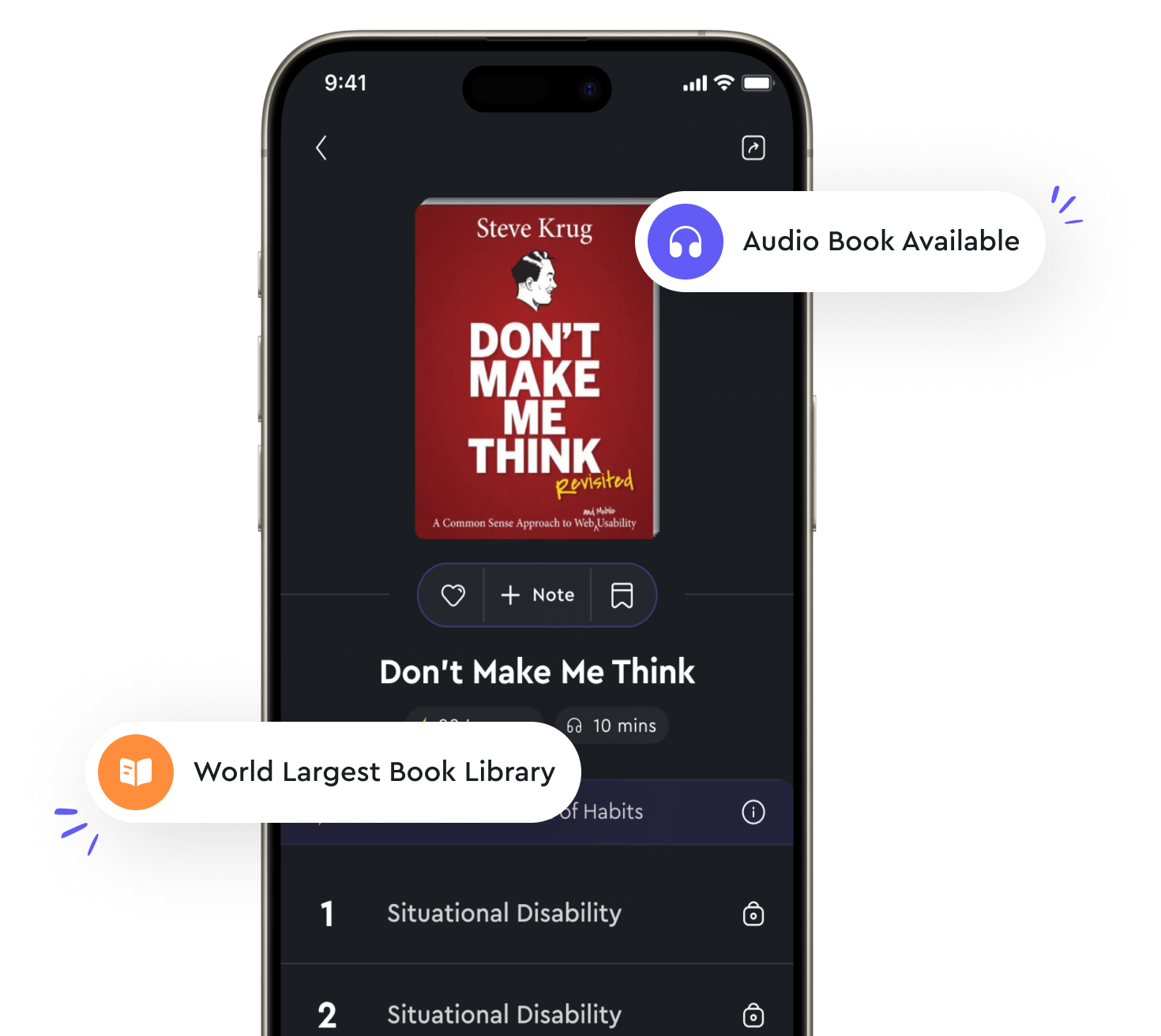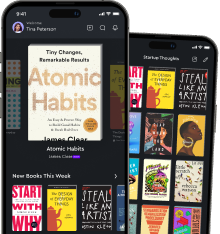Document design decisions from "summary" of A Project Guide to UX Design by Russ Unger,Carolyn Chandler
Making effective decisions about how a document should be designed is a key part of successful UX design. This involves considering how the document looks and works for the people who will use it, as well as understanding the purpose it serves.- When designing a project, you need to document what decisions were made and why. This ensures that everyone involved clearly understands the rationale behind the design and helps make sure that the work remains consistent over time or across different teams.
- When planning for diversity in your user base, include documentation of how people have been surveyed, which research techniques were used, what problems were identified, and how those influences outcome of the design.
- As you consider overall approach or specific design elements, it's important to remember that not all stakeholders will agree with each other on every decision. Documenting these debates can help guide future discusions pertaining to a similar project.
- Considering physical restrictions is an important part of the design process. Whenever possible, document any constraints that might affect final outcome - this way, both client and designer stay aware of their limits.
- Working with a prototype? Document the types of testing done, such as Usability testing, A/B Testing, etc., and always document the results. This information should be immediately included in the final product specifications.
- Technology is always evolving, bringing new ideas to the table. Make sure to examine current trends along with best practices when selecting design tools and approaches so that you are creating designs based on data-driven solutions.
- Don't forget the little details! Take into account tiny considerations like loading speeds, accessibility for the disabled, animations and interactions, international requirements, and character limits within text fields; all small factors can add up quickly. Taking note of details while building ensures quality later on.
- Avoid making undocumented changes as much as possible. This allows for things to remain consistent across different platforms and for patterns to remain recognizable over long periods. Keep track of change logs to ensure adjustments don't appear without record.

